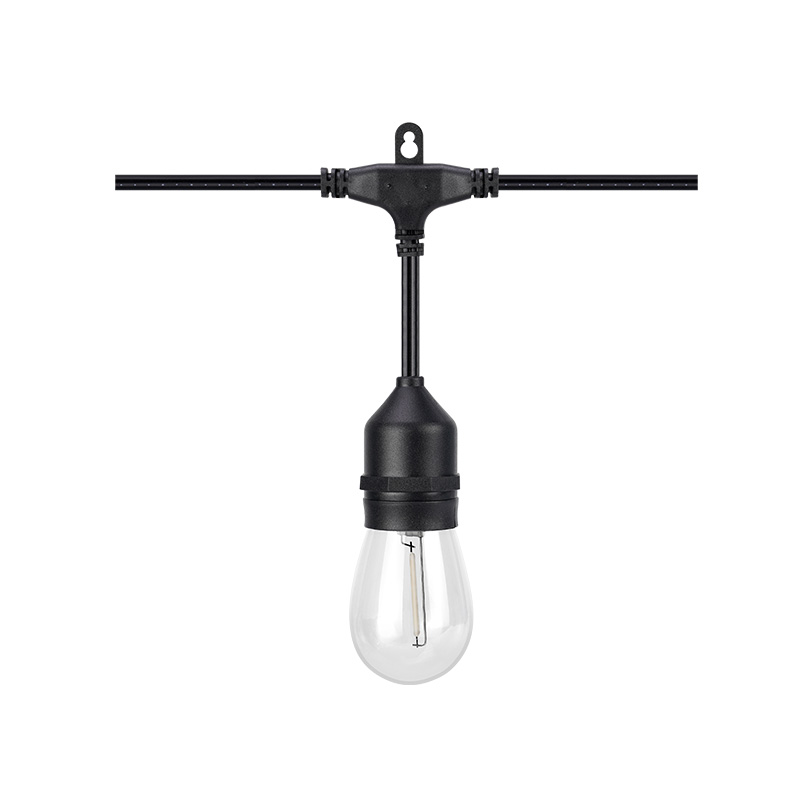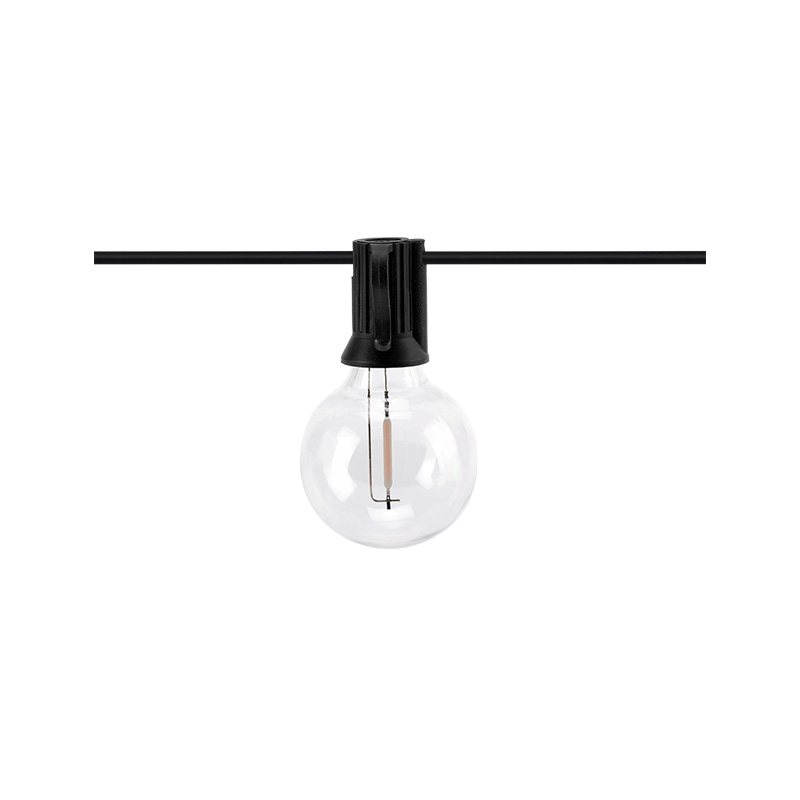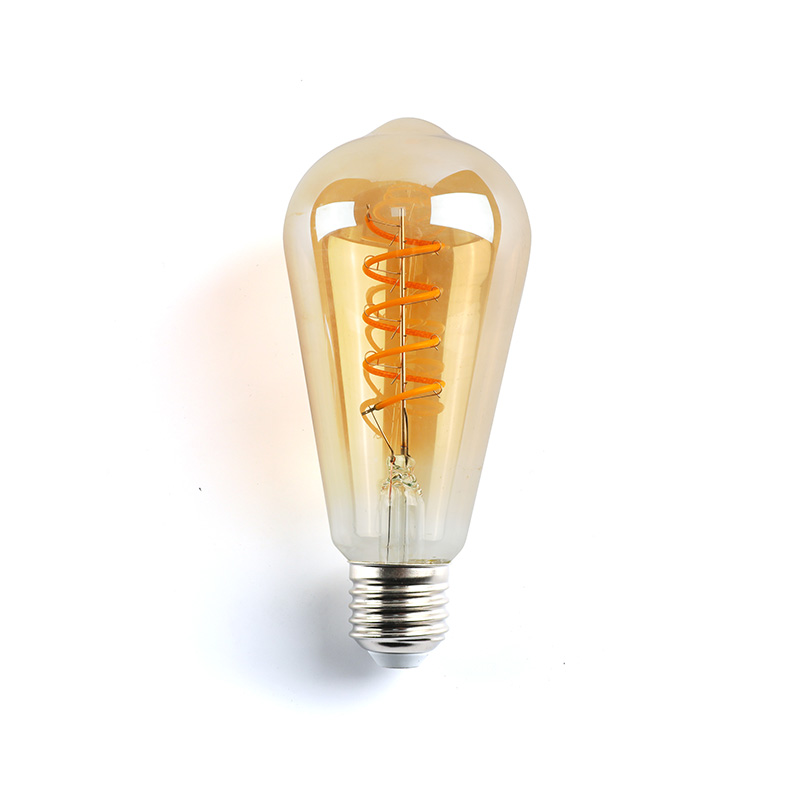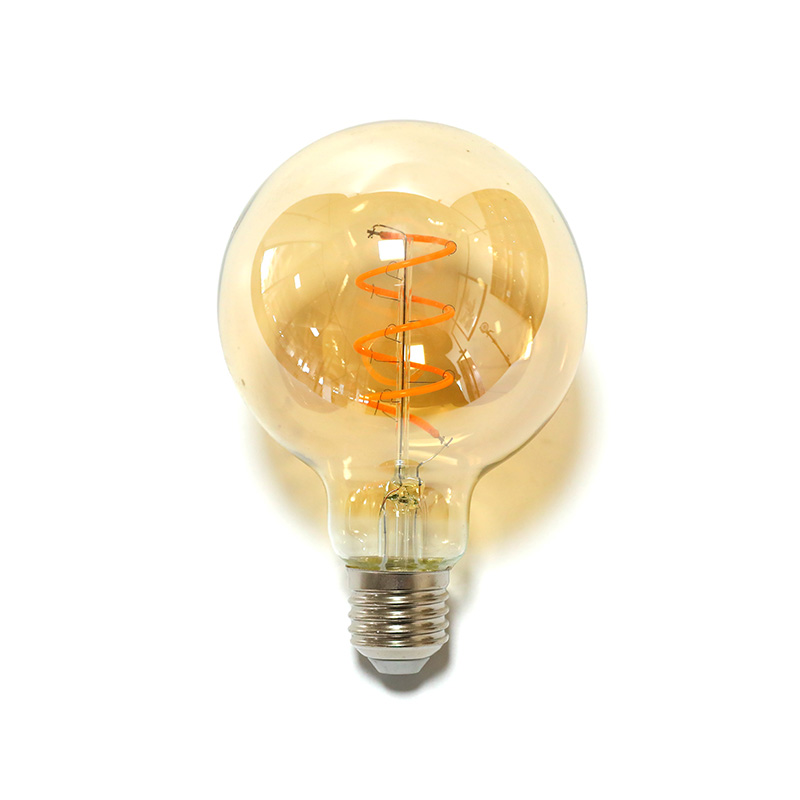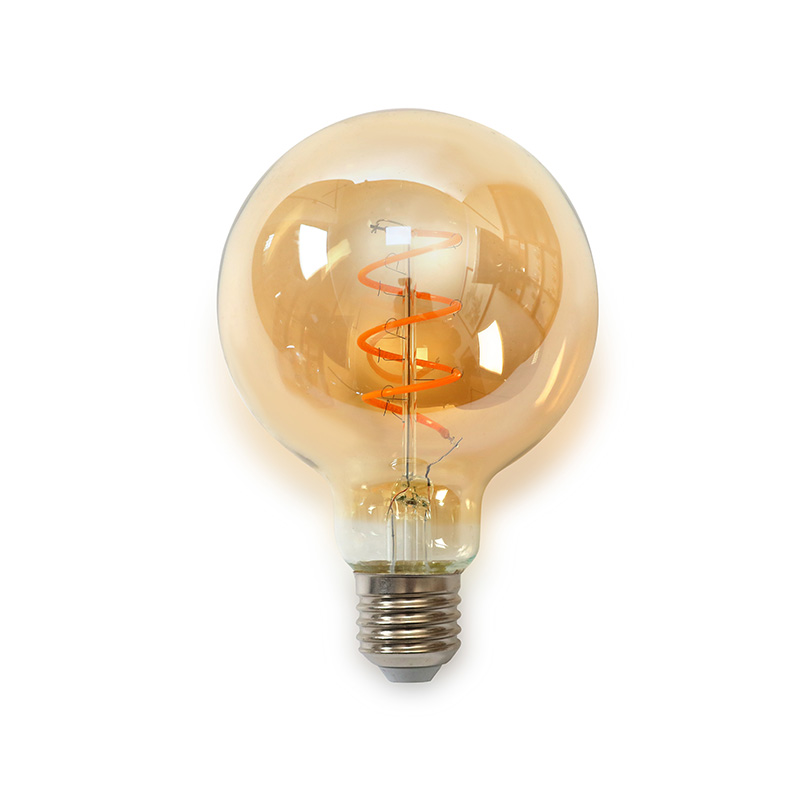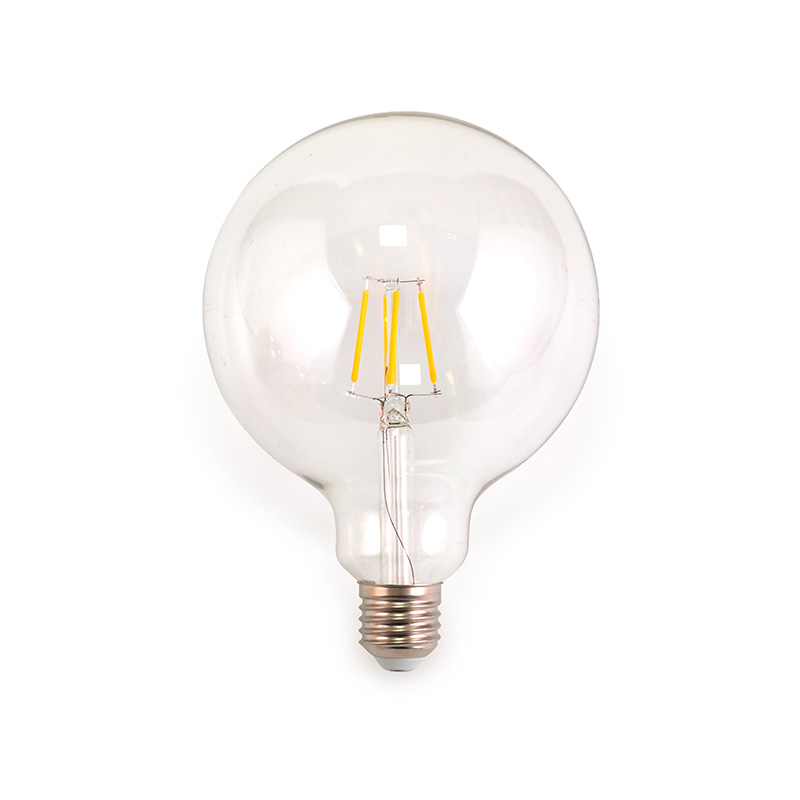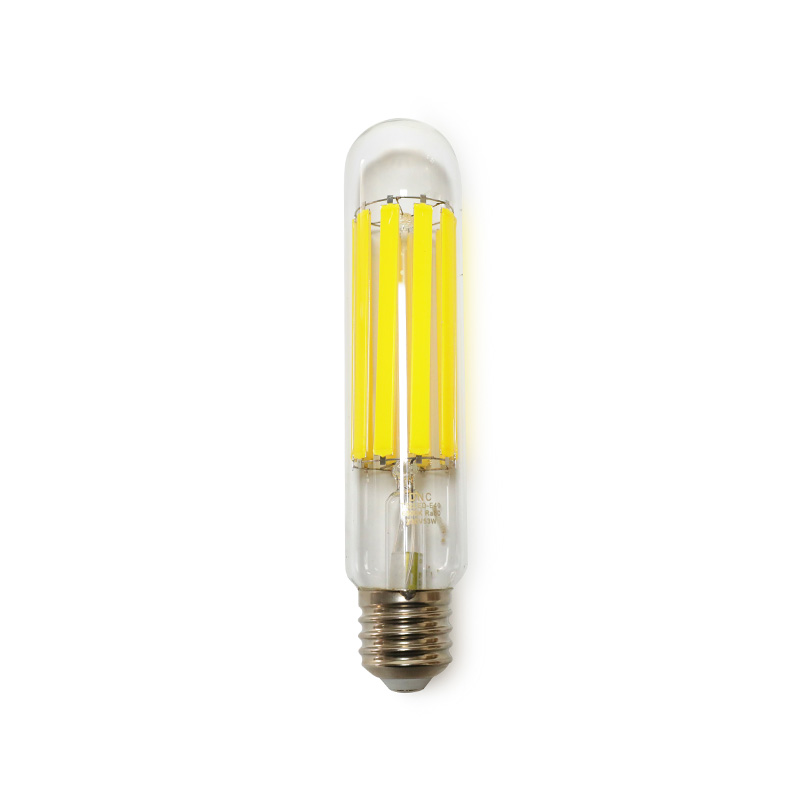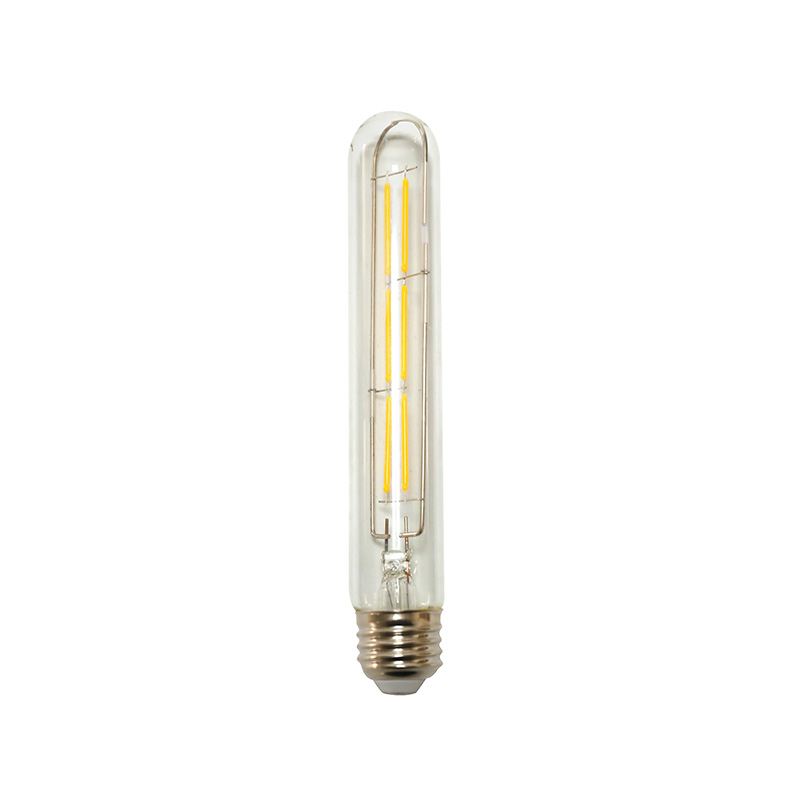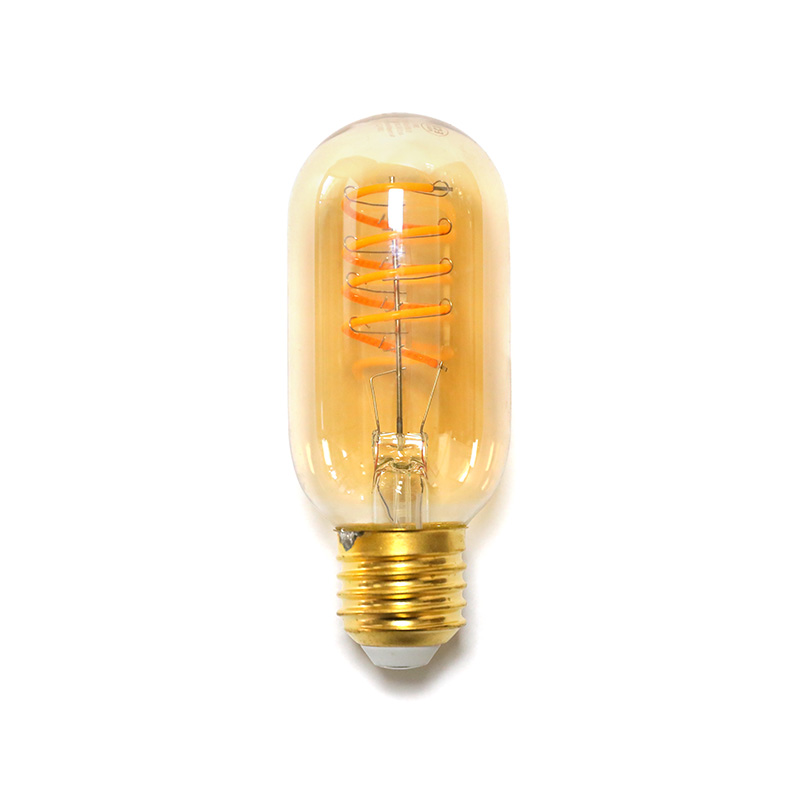Lighting plays an essential role in the efficiency, safety, and productivity of industrial environments. In workshops where heavy machinery operates and intricate tasks are performed, adequate illumination helps workers see clearly, reduces errors, and minimizes accidents. However, many industrial settings pose a challenge to lighting systems because of dust, humidity, vibration, and temperature extremes. Among the lighting options available, industrial high lumen filament lamps have gained attention for their combination of high brightness, energy efficiency, and long operational life. Yet, their performance in dusty workshop environments requires a deeper understanding of their design, function, and limitations.
Understanding Industrial High Lumen Filament Lamps
Industrial high lumen filament lamps are a specialized type of LED lighting that replicate the appearance of traditional filament bulbs while offering much higher brightness and efficiency. The term “high lumen” refers to the lamp’s light output, often exceeding several thousand lumens depending on its design and wattage. These lamps use LED filaments arranged inside a clear or frosted glass envelope, providing a uniform and glare-free light distribution that is suitable for large indoor spaces.
Unlike conventional incandescent or halogen lamps, high lumen filament lamps use light-emitting diodes mounted on transparent substrates, usually sapphire or glass rods. Each filament is coated with a phosphor material that converts blue light from the LEDs into warm or neutral white light. The result is a lamp that delivers intense illumination at a fraction of the power consumption of traditional bulbs. Because of their efficiency and aesthetic appeal, they are used not only in commercial and architectural settings but also in demanding industrial applications.
Lighting Challenges in Dusty Industrial Environments
Industrial workshops with high dust concentrations, such as woodworking plants, metal fabrication facilities, and textile mills, create harsh conditions for lighting systems. Dust particles can accumulate on lamp surfaces and fixtures, scatter light, and reduce illumination levels. Over time, this accumulation can lead to several issues:
- Reduced Light Output: Dust on the lamp’s surface blocks light and reduces overall brightness. Even a thin layer of fine dust can diminish visibility in critical areas of the workshop.
- Overheating Risks: When dust builds up on lamp surfaces, it acts as an insulating layer that traps heat. For LED lamps, which rely on efficient heat dissipation, this can shorten their lifespan.
- Maintenance Difficulties: Frequent cleaning is often required to maintain optimal performance, yet in many industrial environments, access to high ceilings or enclosed fixtures can be difficult and time-consuming.
- Safety Concerns: In some environments, certain dust types are combustible. Improperly designed lamps or fixtures that generate excessive heat could pose a fire or explosion hazard.
These challenges make it important to evaluate how well industrial high lumen filament lamps can perform under such conditions and what measures can enhance their longevity and reliability.
Design Features That Support Performance in Dusty Workshops
High lumen filament lamps incorporate several design features that contribute to their durability and performance in industrial environments.
1. Enclosed Construction:
The glass enclosure of filament lamps provides a natural barrier that protects the internal LED filaments from dust and airborne contaminants. Unlike open LED arrays or panel lights, the sealed structure minimizes the risk of dust intrusion.
2. Efficient Heat Management:
Most industrial-grade filament lamps include integrated heat sinks or use thermally conductive materials in the lamp base. Efficient heat dissipation helps maintain stable performance even if a light layer of dust accumulates on the outer surface.
3. High Luminous Efficacy:
High lumen filament lamps are designed to produce substantial brightness using minimal power. Their high luminous efficacy allows them to compensate for light loss caused by dust accumulation, ensuring consistent illumination levels over time.
4. Robust Materials:
The materials used in industrial versions of these lamps are often more durable than those in consumer models. Reinforced glass, high-temperature resistant bases, and solid-state LED technology ensure the lamps can handle vibration, heat, and dust exposure without degrading rapidly.
5. Compatibility with Protective Fixtures:
When paired with industrial-grade dustproof and waterproof fixtures rated IP65 or higher, high lumen filament lamps can achieve reliable performance even in environments with heavy airborne dust or fine particulate matter.
Comparing Filament Lamps to Other Lighting Options in Dusty Workshops
In dusty environments, several lighting technologies are commonly considered, including fluorescent, high-intensity discharge (HID), and standard LED panel lights. Each has advantages and drawbacks.
- Fluorescent Lamps: These are affordable and offer good brightness, but their performance declines when dust accumulates on their diffusers. They are also more fragile and require frequent maintenance.
- HID Lamps: High-pressure sodium and metal halide lamps provide strong illumination but consume more power and generate significant heat, which can attract and bake dust onto their surfaces.
- Standard LED Fixtures: LED panels and floodlights are efficient but often require enclosed housings or additional sealing to perform well in dusty environments.
Industrial high lumen filament lamps bridge some of these gaps. They combine the energy savings and longevity of LEDs with the enclosed protection of glass bulbs. Their omni-directional light output is also beneficial for evenly illuminating workspaces where shadows can be a problem. However, their performance still depends heavily on environmental control and regular maintenance.
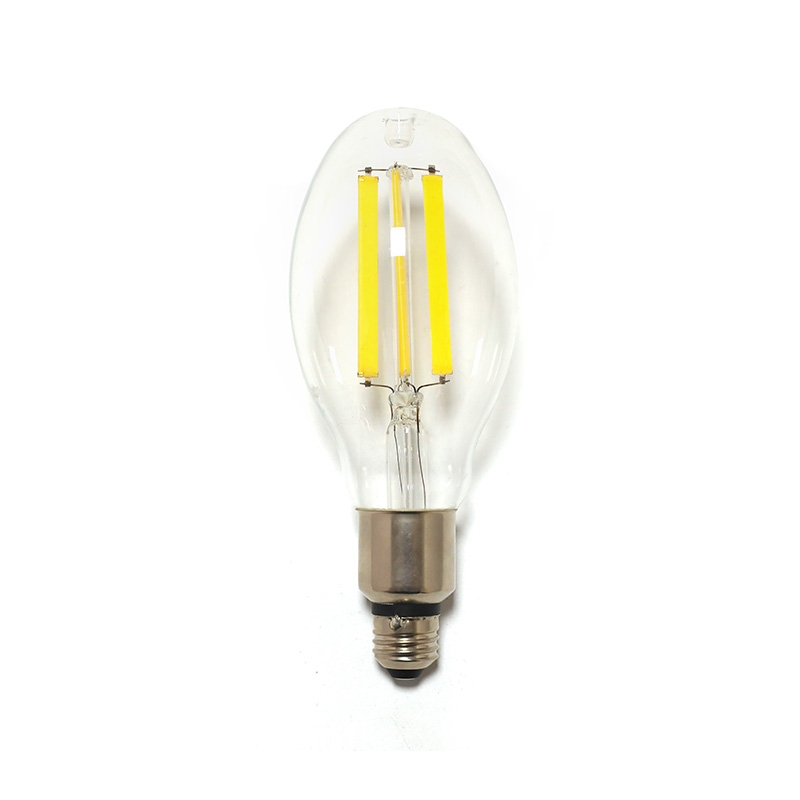
Maintenance Considerations in Dusty Environments
To maximize the effectiveness of industrial high lumen filament lamps in dusty workshops, proper maintenance practices are essential.
1. Regular Cleaning Schedule:
Dust accumulation should be managed through scheduled cleaning routines. Lamps should be wiped with dry or slightly damp microfiber cloths, ensuring no water enters the lamp base.
2. Use of Protective Fixtures:
Installing lamps in dustproof enclosures significantly reduces the rate of contamination. Such fixtures are especially recommended in woodworking or grain processing facilities where fine particles can suspend in the air for long periods.
3. Adequate Ventilation:
Maintaining good air circulation in workshops can help reduce airborne dust levels. Proper ventilation systems work hand in hand with lighting to improve overall workspace safety.
4. Temperature Monitoring:
Monitoring lamp temperature ensures that dust buildup is not causing excessive heat. Overheating can degrade LED phosphor coatings and shorten lamp life.
5. Strategic Placement:
Positioning lamps away from direct dust sources, such as cutting or grinding stations, helps extend their service life and maintain light output.
By following these steps, facilities can preserve both lighting quality and safety without excessive maintenance costs.
Advantages of Using High Lumen Filament Lamps in Dusty Workshops
Even in environments with significant airborne dust, industrial high lumen filament lamps offer several advantages when properly installed.
- Consistent Brightness: Their high lumen output maintains effective illumination even as minimal dust accumulates.
- Low Power Consumption: Compared with older technologies, these lamps deliver superior energy efficiency, reducing electricity costs over time.
- Instant Start and Stable Operation: Unlike some discharge lamps, filament LED lamps start instantly and operate without flickering, which is critical in precision work.
- Long Lifespan: With proper heat management and maintenance, these lamps can last tens of thousands of hours, even in less-than-ideal conditions.
- Natural Light Quality: Many filament lamps produce a color rendering index above 80, ensuring accurate color perception for tasks such as assembly or quality inspection.
These strengths make them well-suited for workshops that value reliable, bright, and energy-efficient lighting solutions.
Limitations and Considerations
While industrial high lumen filament lamps perform well under many conditions, they are not entirely immune to environmental challenges.
- Heat Sensitivity: Excessive dust can still trap heat, which may shorten lamp lifespan if not properly managed.
- Fixture Dependence: To achieve dust resistance, lamps must often be paired with suitable enclosures. The cost of these fixtures can offset some of the savings from energy efficiency.
- Limited Directional Control: Because filament lamps emit light in all directions, they may require reflectors or shades for targeted lighting applications.
- Cleaning Accessibility: In workshops with high ceilings, reaching fixtures for cleaning or replacement can be difficult without proper equipment.
Acknowledging these limitations allows facility managers to plan lighting layouts that maximize efficiency and minimize maintenance interruptions.
Enhancing Lighting Efficiency in Dusty Workshops
Achieving effective lighting in dusty environments requires a comprehensive approach that combines technology, installation design, and operational practices. The following strategies can enhance overall lighting performance:
- Select Proper Ingress Protection Rating: Choose fixtures with IP65 or higher to prevent dust ingress.
- Optimize Lighting Layout: Distribute lamps to minimize shadow zones and reduce glare on reflective surfaces.
- Incorporate Automated Controls: Motion sensors and daylight controls can reduce operational hours and extend lamp life.
- Implement Preventive Maintenance: Regular inspection helps detect early signs of heat damage or dimming before they affect productivity.
- Use Light Reflective Surfaces: Painting ceilings and walls with light colors enhances illumination by reflecting light from filament lamps.
Together, these practices create a safer, more productive working environment even in dusty conditions.
Conclusion
Industrial high lumen filament lamps offer a strong balance of performance, efficiency, and visual comfort for workshop environments that struggle with high dust concentrations. Their enclosed design, efficient light output, and long operational life make them a reliable option compared to older lighting technologies. While dust can affect any lighting system over time, the resilience of these lamps combined with proper maintenance and protective fixtures allows them to maintain consistent illumination and operational stability.
In industrial workshops where precision and safety depend on clear visibility, high lumen filament lamps demonstrate that effective lighting is possible even under challenging environmental conditions. With thoughtful planning, correct fixture selection, and regular upkeep, these lamps can deliver the dependable brightness that industrial operations require—sustaining productivity and safety despite the ever-present challenge of dust.

 English
English русский
русский